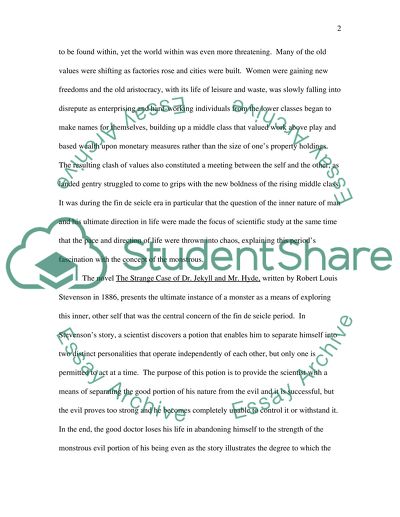Cite this document
(A Monstrous Fascination during the Fin de Seicle Essay, n.d.)
A Monstrous Fascination during the Fin de Seicle Essay. https://studentshare.org/literature/1561888-literature-dr-jekyll-and-mr-hyde-the-picture-of-dorian-gray-and-the-time-machine
A Monstrous Fascination during the Fin de Seicle Essay. https://studentshare.org/literature/1561888-literature-dr-jekyll-and-mr-hyde-the-picture-of-dorian-gray-and-the-time-machine
(A Monstrous Fascination During the Fin De Seicle Essay)
A Monstrous Fascination During the Fin De Seicle Essay. https://studentshare.org/literature/1561888-literature-dr-jekyll-and-mr-hyde-the-picture-of-dorian-gray-and-the-time-machine.
A Monstrous Fascination During the Fin De Seicle Essay. https://studentshare.org/literature/1561888-literature-dr-jekyll-and-mr-hyde-the-picture-of-dorian-gray-and-the-time-machine.
“A Monstrous Fascination During the Fin De Seicle Essay”. https://studentshare.org/literature/1561888-literature-dr-jekyll-and-mr-hyde-the-picture-of-dorian-gray-and-the-time-machine.


